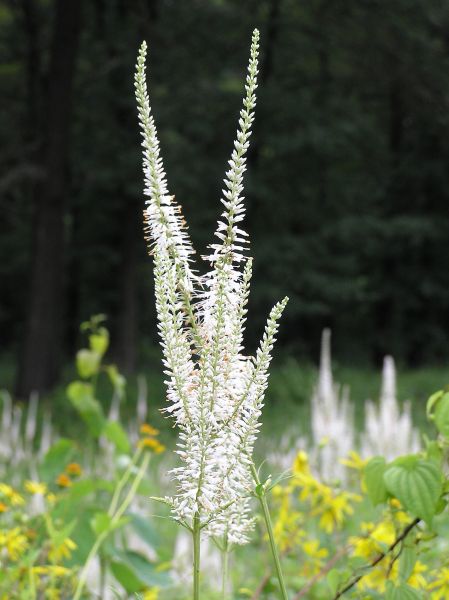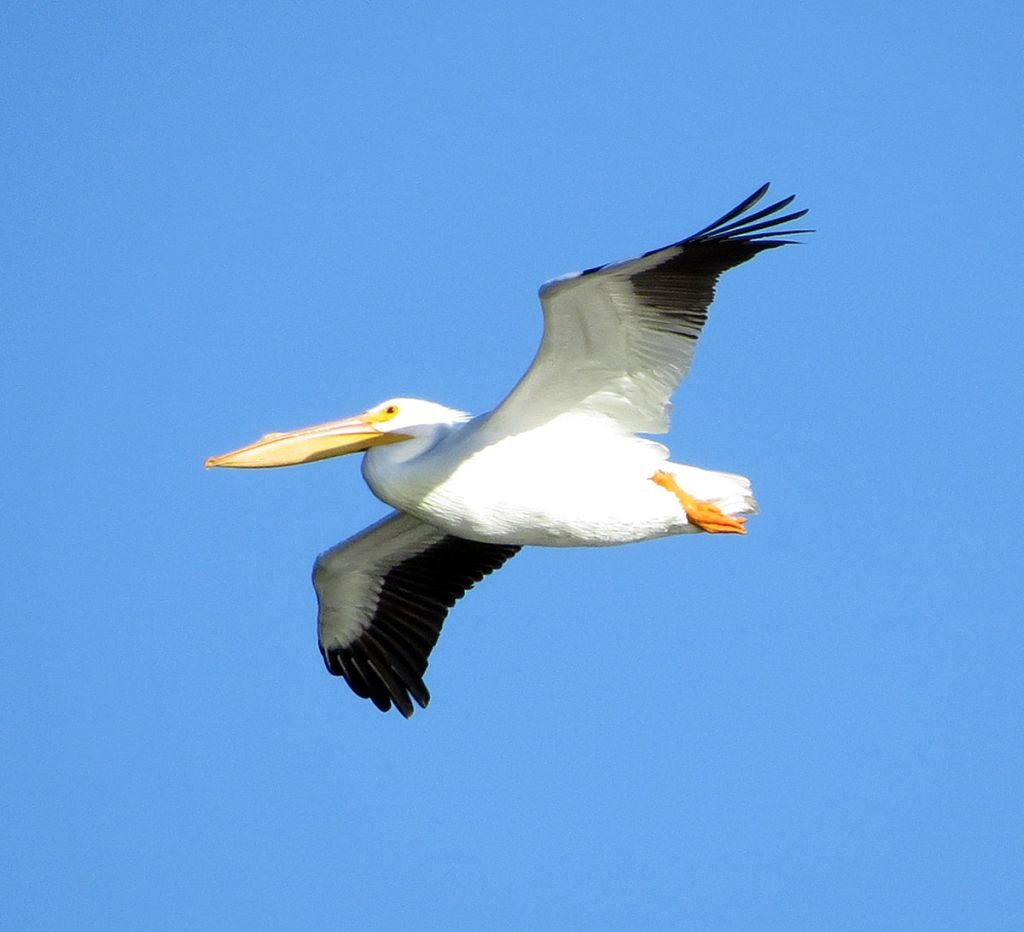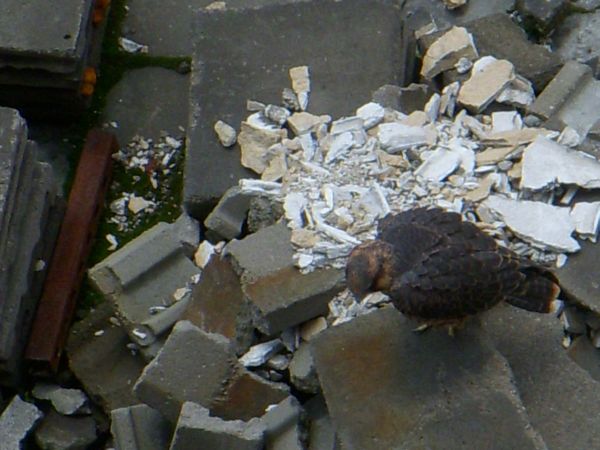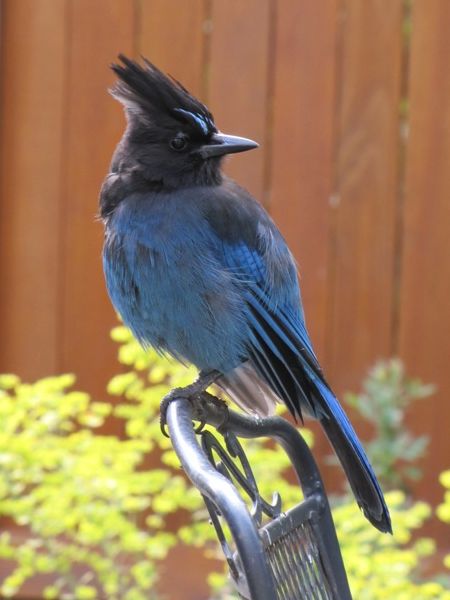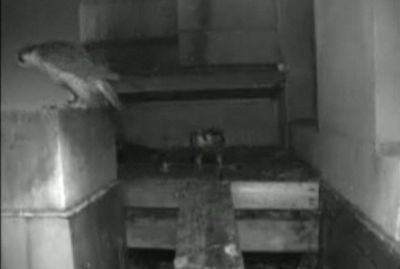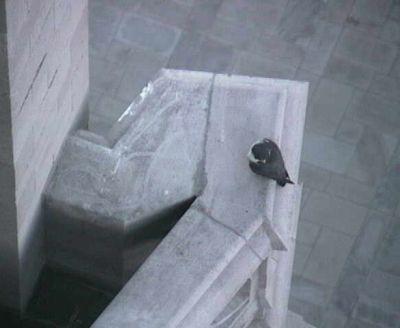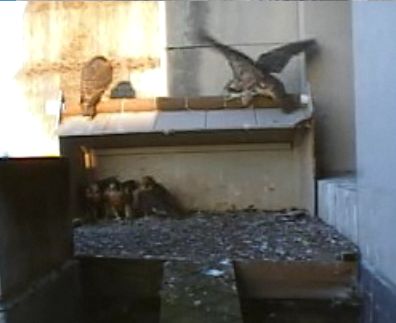
Most of the Gulf Tower peregrine fledglings are flying now and increasingly hard to find so yesterday I asked “Where are they now?”
I shouldn’t have tempted The Fates.
Last night a fledgling answered my question with, “Here!” and caused quite a stir.
Around 6:00pm Tuesday evening, email was abuzz with news from the webcam watchers. Jennie had heard from a friend that a peregrine was on the ground near the Federal Reserve Bank on Grant Street.
Jennie wasn’t downtown but she knew to call Game Commission Dispatch (724-238-9523). The dispatcher knew all about the bird. Yes, an officer answered that call and reported the bird DOA.
Dead??? Oh no!
By the time I got into email at 8:00pm everyone was grieving but no one was sure what had happened. Neither was I, so I left a message for WCO Beth Fife who was out of town. Beth gathered the information and called me back. What really happened was…
During rush hour pedestrians on Grant Street noticed a very beautiful young peregrine perched on a railing near the Federal Reserve Bank. Many stopped to take pictures. One of them called the Game Commission. The bird did not move.
When the Game Commission officer arrived to rescue the bird she wouldn’t let him near her. Instead she flew away past the Federal Building and landed on top of the bus station — proving she can fly and land six stories up. Nothing wrong with her!
The officer reported her “GOA” (Gone On Arrival), which sounds a heckuva lot like DOA, and that’s how we all got confused.
Here she is perched on the railing last night in a photo by Jim Altier. Jim is from Youngstown and just started working in the Gulf Tower on Monday. He happened to walk by while she was posing for everyone. (She has blue tape on her right leg band; she’s one of the two female chicks.)
What luck for Jim to see a peregrine so close on his second day in town! Welcome to Pittsburgh, Jim, and thanks for the photo.
(photo by Jim Altier)
.
p.s. Thurs, June 24, 2:30pm: Check the comments for more news on these fledglings. The other female (white tape) was on the ground midday today with a wing problem & is on her way to rehab.
p.s. Fri, June 25, 9:20am: White-tape (Gulf Tower female) has a head injury. She will be in rehab for quite a while.
